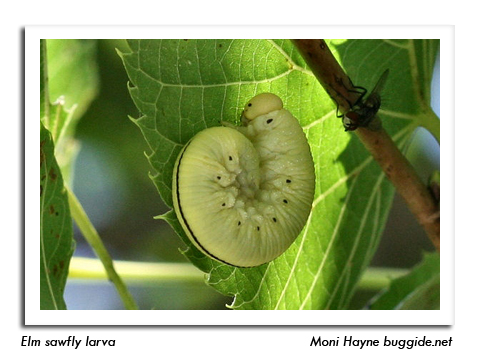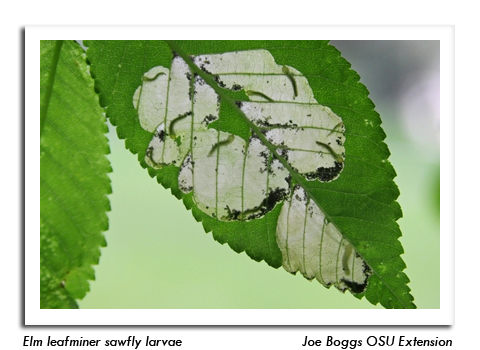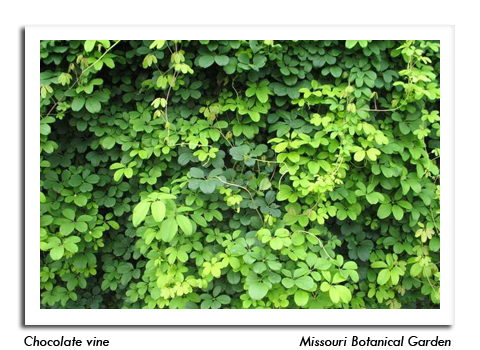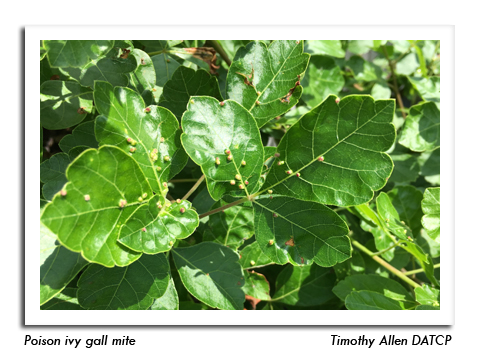
 |
|
|
Nursery & Forest
Volume 64 Number 11 Date 07/11/2019 ELM SAWFLY - Leaf feeding injury thought to be caused by the larvae of the elm sawfly (Climbex Americana) was observed on elm foliage in a Rocky County nursery. This native species prefers elms but has a broad host range that also includes maples and willows. The pale yellow larvae with a black lateral stripe can grow up to 2 inches long and are one of the largest North American sawflies. Defoliation by this insect usually does not threaten tree health. ELM LEAFMINER SAWFLY - Elm trees at nurseries in multiple counties across southern Wisconsin were showing leaves with mines caused by this species (Fenusa ulmi). Unlike the native elm sawfly, the elm leafminer sawfly is endemic to Europe and Asia. The larval stages damage foliage by mining the mesophyll tissue between the upper and lower epidermis, creating visible blotchy leaf mines. Damage is considered mostly aesthetic, though treatment targeting adults can be warranted in rare situations to control severe infestations. CHOCOLATE VINE - Nursery inspectors found this prohibited plant for sale at an Eau Claire County dealer location. Also known as fiveleaf akebia, chocolate vine is classified as a prohibited plant under the DNR Invasive Species Rule. The "prohibited" category includes plants not yet found in the state, but if introduced, "are likely to survive and spread, potentially causing significant environmental or economic harm or harm to human health." Chocolate vine tolerates a wide range of sun exposure and moisture and has the potential to invade Wisconsin forests and wetlands. It infests trees and can grow densely up into the canopy and on top of ground cover, shading out other vegetation. The small purple flowers are known to emit a chocolate-like odor. Additional information about the Department of Natural Resources NR 40 rule is available at: https://dnr.wi.gov/topic/Invasives/classification.html. -- Shanon Hankin, DATCP Nursery Inspector POISON IVY GALL MITE - A light infestation of poison ivy gall mite was found earlier this week on sumac 'Gro-Low' in Sawyer County. The unsightly leaf bumps are caused by a tiny eriophyid mite (Aculops rhois), which can also infest poison ivy. Eriophyid mites are generally not cause for concern in terms of plant health, but they can become an aesthetic issue. -- Timothy Allen, DATCP Nursery Inspector 



|
|
|